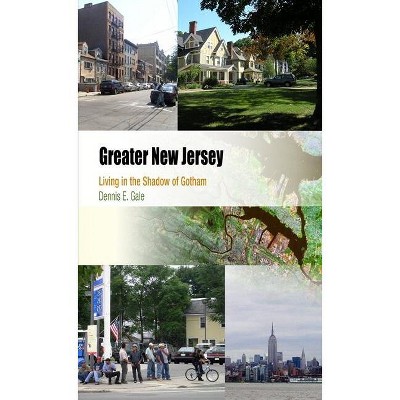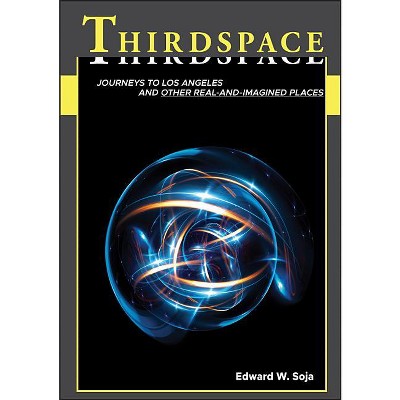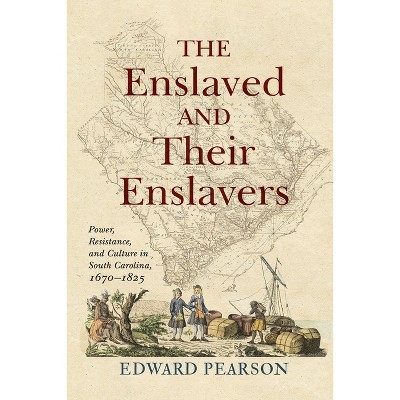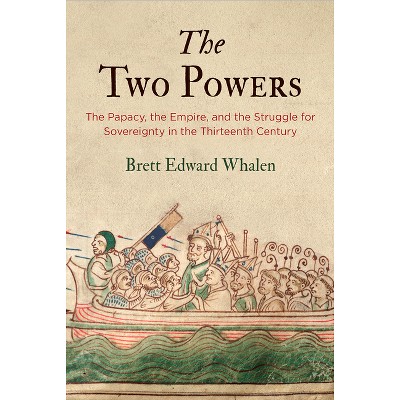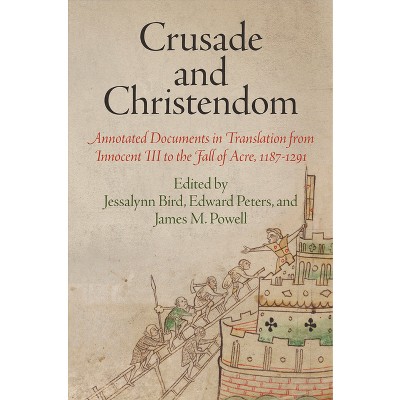Toronto - (Metropolitan Portraits) by Edward Relph (Hardcover)

About this item
Highlights
- Extending a hundred miles across south-central Ontario, Toronto is the fifth largest metropolitan area in North America, with the highest population density and the busiest expressway.
- About the Author: A longtime resident of Toronto, Edward Relph is Emeritus Professor of Geography at the University of Toronto Scarborough and author of Place and Placelessness and Modern Urban Landscapes.
- 216 Pages
- Social Science, Human Geography
- Series Name: Metropolitan Portraits
Description
About the Book
Toronto describes the diverse and remarkable transformations that have occurred in the urban landscapes of Toronto, especially over the last fifty years as it has grown from a provincial industrial city into multicentered, multicultural, world-city region that is one of the largest metropolitan areas in North America.
Book Synopsis
Extending a hundred miles across south-central Ontario, Toronto is the fifth largest metropolitan area in North America, with the highest population density and the busiest expressway. At its core old Toronto consists of walkable neighborhoods and a financial district deeply connected to the global economy. Newer parts of the region have downtown centers linked by networks of arterial roads and expressways, employment districts with most of the region's jobs, and ethnically diverse suburbs where English is a minority language. About half the population is foreign-born--the highest proportion in the developed world. Population growth because of immigration--almost three million in thirty years--shows few signs of abating, but recently implemented regional strategies aim to contain future urban expansion within a greenbelt and to accommodate growth by increasing densities in designated urban centers served by public transit.
Toronto: Transformations in a City and Its Region traces the city's development from a British colonial outpost established in 1793 to the multicultural, polycentric metropolitan region of today. Though the original grid survey and much of the streetcar city created a century ago have endured, they have been supplemented by remarkable changes over the past fifty years in the context of economic and social globalization. Geographer Edward Relph's broad-stroke portrait of the urban region draws on the ideas of two renowned Torontonians--Jane Jacobs and Marshall McLuhan--to provide an interpretation of how its current forms and landscapes came to be as they are, the values they embody, and how they may change once again.Review Quotes
"A brilliant and much-needed book about Toronto! Published at a critical time in the history of the Canadian metropolis, Ted Relph's volume explains Toronto both to itself and to the world."-- "Roger Keil, York University"
"U.S. urbanists are busy looking to Shanghai for the model of the coming metropolis. Edward Relph's study suggests that they should avoid the long plane trip and check out Toronto."-- "Carl Abbott, Portland State University"
About the Author
A longtime resident of Toronto, Edward Relph is Emeritus Professor of Geography at the University of Toronto Scarborough and author of Place and Placelessness and Modern Urban Landscapes.





